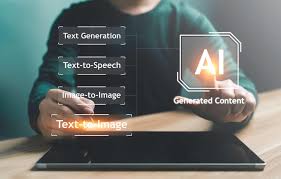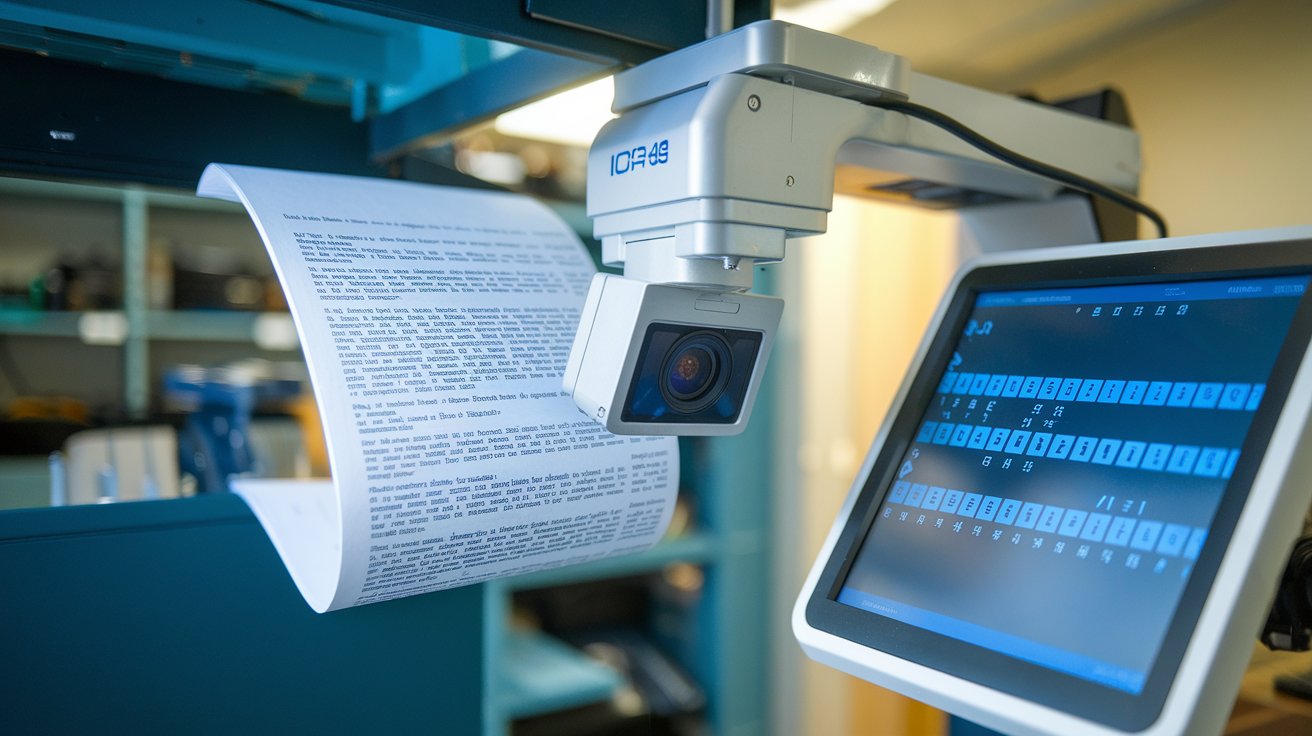Image to Text Extraction: The AI Revolution in Digital Data Conversion
Scanned document, photographs and handwritten notes processing in the digital age is being transformed by image to text extraction. This technology has the power to transform visual data into editable machine-readable and searchable text formats using powerful algorithms and AI-driven tools to increase productivity in every industry.
What is Image to Text Extraction?
Image to text extraction is the analysis of getting readable and editable content out of the image using OCR (Optical Character Recognition) and a higher level of AI. It is able to deal with scanned papers, printed documents, camera shots, screenshots and even hand written entries. The technology is capable of saving you time on typing manually.
Image to Text Extraction Operation
The principle involved in image to text extraction is to interpret the pattern of pixels in the image and recognize them as characters, words and body structure. Advance technology involves deep learning to identify fonts, font style, and font sizes correctly. The models are trained on millions of documents which is why they are exceptionally dependable in case of any usage.
Application of AI in Improvement of Image to Text Extraction
AI has made image to text extraction very fast. AI is not a simple scanning and conversion component but it knows layout, formatting, context, and languages. Even AI-powered tools can even differentiate between headings, footnote, and paragraphs and maintain structure in the conversion of documents.
The Reason Why Businesses require Image to Text Extraction
Extraction of image to text has the capability of cutting down the costs of operation, editing time, and removal of human error. Either you need to manage your invoices, contracts or ID cards, this tool will enable and streamline processes to paperless workflows, boosting compliance and efficiency.
The Advantages of Image to text extraction in various industries
Banking, legal services, healthcare, education and logistics exploit image to text extracting. It automates check data in banking. It facilitates the digitalization of prescription or reports in the field of healthcare. In academia it is used to scan and save notes and exam papers as digitized documents to be reviewed, later.
Text Exaction of Image in Mobile Apps
Mobile document conversion is also instant as it is possible to convert image to text using mobile applications. Scanner utility applications as well as camera translator applications use OCR and AI to enable the user to extract text in real-time scan through the camera of the phone.
Strength and Precision in Image to Text Extraction
Artificial intelligence reduces time spent on image to text conversion, which is also precise and safe. The new tools secure your files, allow no leakage of information, and verify the text written as a guarantee of minimum error levels, which is necessary in such sectors as healthcare or finance.
Linguistic Support in Image to Text Extraction Software
Conversion of images into texts has also been developed to handle various languages. Any text, whether it is French, Arabic, Japanese or Urdu, can be scanned accurately with the help of modern OCR systems powered by artificial intelligence and can be used across the world and across the borders.
Text Extraction of Image Accessibility
Accessibility requires image to text extraction. In the case of visually impaired users, making an image convert to some readable text that can be operated via screen readers will present an inclusive digital environment. It provides access to print material which was not accessible to it before.
Imageto-Text Extraction Vs. Manual Typing
The extraction of image to text is so much better as compared to manual typing of texts taking time and minimizing errors. Whereas it may take 20 minutes to type an entire page, the AI-powered extraction can do it in seconds and virtually error-free, free resource on other tasks.
Future Trendsin the Extraction of Image- Text
AI will carry on development of image to text extraction. The possible future additions to the toolset might be voice commands to make real-time extractions, the capability to work with 3D image sources, and connection to automation tools such as RPA (Robotic Process Automation) to automate the whole process of data entry.
Making the Right Decisions when Choosing Image to Text Extraction Tool
The quality of image to text extraction tools differ. Try to find options such as support of languages, batch processing, maintenance of layouts and support of handwriting recognition and cloud services, such as Google drive or Dropbox. All these features make the tool fit your workflow.
Image to Text Extraction Cloud Integration
Cloud-based image to text extraction programs enable such facilities as easy saving, sharing, and access. Companies can immediately save retrieved information in their secure folders, share it with colleagues, and even launch automation processes that use the text data.
Problems of Image to Text Extraction and AI as a Solution
Image to text extraction continues to be a problem when the quality of an image is poor, there is a skewed angle or low-light photograph. AI addresses them through preprocessing filters in which contrasting, straightening of angles, and finding errors are done prior to the final conversion.
Extraction of Image to Text Used in Education
Text to image OCR assists students and teachers to Scan book, lecture notes and handwritten assignments. It minimizes the use of physical storage, simplifies revision and increases collaboration in the sharing of knowledge since the static pages are transformed to searchable digital resources.
The Ways AI Training Enhances Image to Text Extraction
The extraction of images to texts depends on the ever-evolving improved AI models. As more data is fed into the systems spanning industries and genres of writing, it gets cleverer and makes fewer approximations. It is with such continuous learning that they can be able to identify and decipher even a bad handwriting.
Automation Opportunities on Image to text Conversion
Document automation may start with the image-to-text extraction. When text is extracted, it can be classified, analyzed, translated or be used as a basis to start workflows e.g. inserting data into CRMs or sending alerts to teams.
The Emergence of No-Code Tools of Image to Text Extraction
Image To text extraction applications are becoming more and more as no-code means. That is, non-technical users will be able to drag-and-drop images, extract text and even automate the processes without a single line of code, democratizing document intelligence.


Leave a Comment